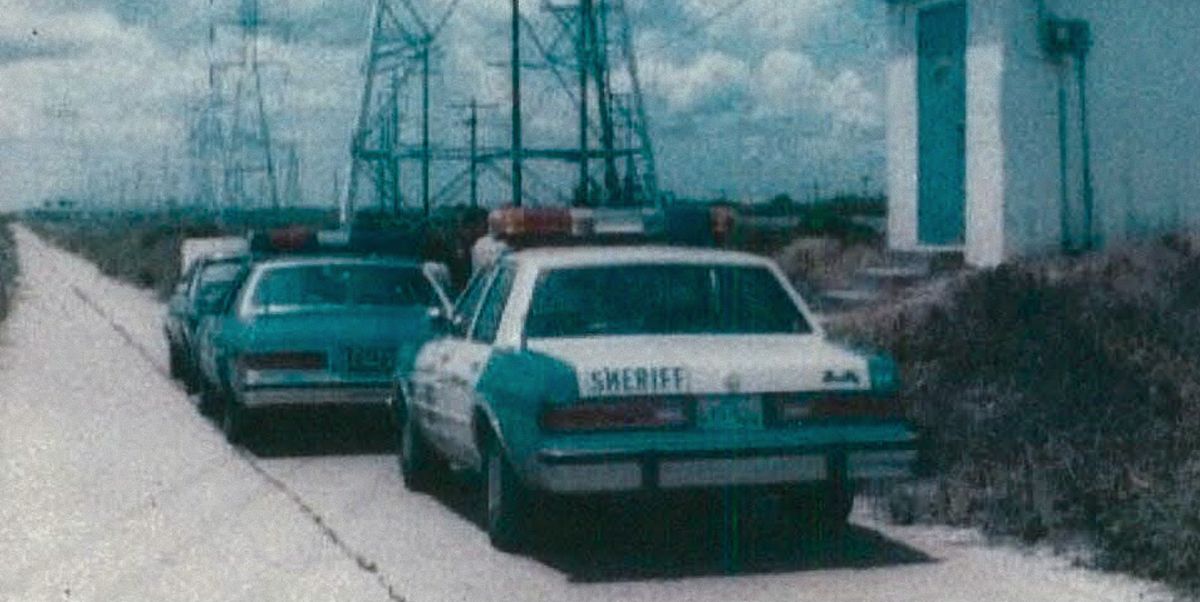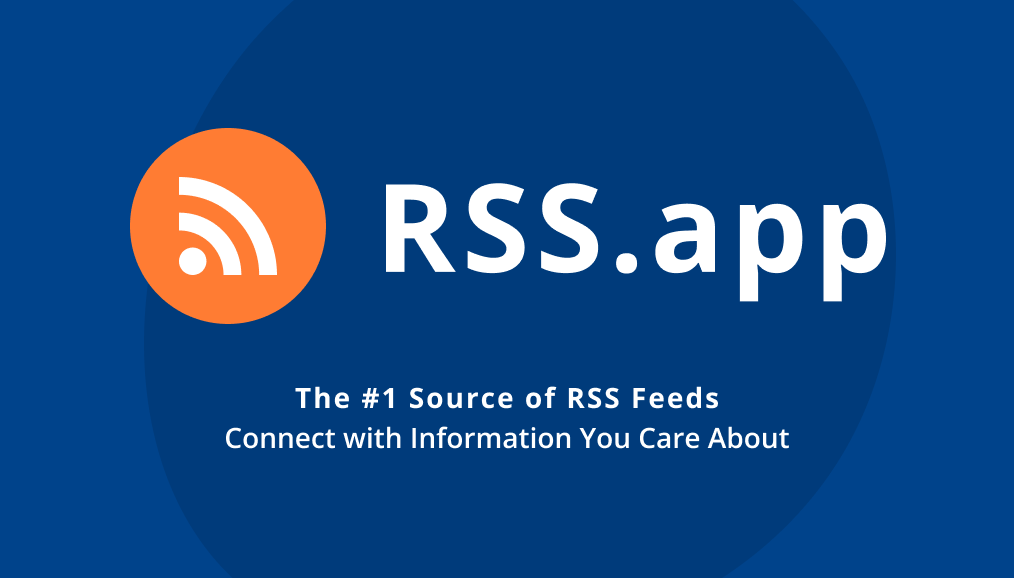AFTER SHE DECLINED the offer of a pumpkin muffin, I knew it would be a long ride home.
“I stink—I just can’t pitch,” said my 11-year daughter from the backseat.
“That’s not true, you pitched well; they had one big inning,” I said in my most convincing Dad voice.
I decided to relate a story from my auspicious little league career back in Boston during the Paleolithic Age.
Pitching for the White Sox on a Saturday afternoon, I had the toughest of days facing a formidable Cubs lineup. A bad day got worse when their cleanup hitter deposited a home run that sailed over the right field fence smashing a car windshield.
Of course, the thunderous homer became the chatter of the day among the players and parents gathered throughout Praught-Bunker Fields. Though crestfallen, I explained to my daughter how my dad was quick to remind me after the game that I was a good pitcher, it was only one game and through practice I would improve. Sure enough, I came back to win my next start against the (albeit less-proficient) Phillies.
Though I was satisfied with how I linked the parallels between my anecdote with my daughter’s dilemma, she was less enthused.
She mumbled something before gazing out into rows of passing trees yielding to autumn colors. Failing to find a distraction on the radio, we rode in silence for a few more miles before reaching the Bronx. While traversing the Throgs Neck Bridge, I tried to think of an appropriate metaphor but this attempt proved futile as well. I really wished I had that coffee.
“Ok, what went right today? I asked, breaking the quiet.
“Nothing,” she responded after a moment.
I recapped the game including the clean innings she had pitched as well as her 4th inning RBI double down the left field line.
“What went wrong?”
“Everything.”
It was true that she allowed a few hits and runs but the damage could be isolated to one long inning I patiently explained.
“Where do we go from here?”
The most important question.
At this point we shared a productive discussion and agreed that she did not in fact ‘stink.’ Through a deductive process, we isolated and analyzed the problem. The root cause was likely because opposing teams improve at higher levels. Simply throwing strikes was no longer sufficient. Though the dilemma of performing at a higher level was a real one and significant, it longer triggered vague and overwhelming anxiety.
By framing the issue—the reality of enhanced competition—it forced us both to seek potentially pragmatic solutions.
Instead of searching for reasons that she stinks, we pivoted to explore how she can upgrade her already impressive talents through a series of narrow questions.
Without realizing it, I had conducted an After-Action Review (AAR), an instinct honed through two decades of service as a non-commissioned officer in the Army and Air Force.
Typically, an AAR is conducted by unit leadership with members providing post-mission feedback. By clarifying priorities, identifying obstacles and assessing accountability gaps, units can better glean lessons to apply in future engagements.
Initially created for Army platoon leaders, the AAR can be thoughtfully practiced in almost any personal or professional setting.
What is After-Action Review?
Officially conceived in 1981 by the U.S. Army’s National Training Center located at Ft. Irwin, California, the AARs are used by Army units to assess training exercises and their corresponding outcomes. Neither a blame assessment tool nor pro forma wrap- up, AAR’s are a collaborative method designed to improve performance by correcting deficiencies in a non-punitive forum.
These collaborative team discussions have been a foundation of Army training doctrine for decades and remains a simple yet an effective approach to problem solving.
General David Petraeus, US Army (Ret.), who commanded the Surge in Iraq, US Central Command, and NATO/US Forces in Afghanistan and later served as Director of the CIA attests to the multidimensional value of the AAR.
“The value of performing an AAR is not just what comes out of its conduct of an individual rigorous, forthright post-operational review of what went well, what didn’t, and how various aspects might have been done better,” says Petraeus.
“The value is also what the commitment to always conducting AARs contributes to the culture of the organization, especially what it does to promote the development of a “learning organization,” one continually seeking to improve, grow, and achieve true excellence,” he says.
How do you use After-Action Review?
Whether you are managing a unit, a team or yourself, the practical and versatile AAR method can serve as a force multiplier.
AAR is premised on objectively assessing performance not engaging in glib “positivity.”
Why am I so incompetent? shifts to What steps can I take to produce a better outcome?
Better questions naturally lead to better answers. The AAR is a tool designed to confront uncomfortable facts sans the harmful self-recriminations that often paralyze our decision-making abilities. Allowing emotional space for reflection ultimately leads to a more constructive course of action and measurable progress.
Informal AAR practices can be tailored for specific environments.
A job interview?
What went right? Secured the interview
What went wrong? Didn’t get the position
Where do I go from here? Investigate what could make you a better candidate. Ask the interviewer why you didn’t get it. What should I look to improve?
Informal AAR questions help a group conceptualize problems by providing an organizational structure while mitigating the natural defensiveness and handwringing naturally associated with meetings. The goal is not to grade success or failure but to guide and improve for future engagements.
There are always weaknesses to improve and strengths to sustain.
Whether you are coaching your daughter’s softball team, leading a squad of soldiers or simply trying to coordinate office duties, the AAR can serve as a catalyst for successful outcomes.
“After nearly a decade in the private sector, I am convinced that the importance of conducting AARs and fostering a culture of learning are as important in the business world as they are in the military” says Petraeus, a partner at Kohlberg Kravitz Roberts Co. who also serves as Chairman of the KKR Global Institute.
Matt Benedetti is an Air Force veteran of Operation Enduring Freedom and a graduate of the Columbia School of Journalism.











